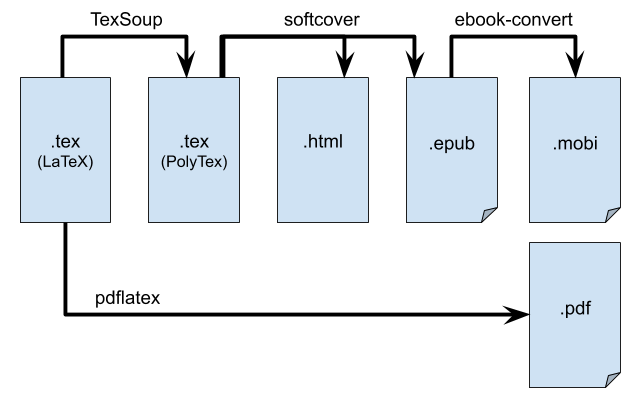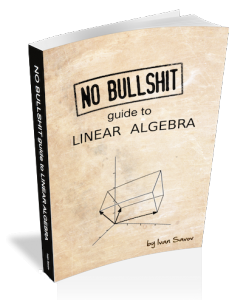I have a marketing problem. My company’s product is perfect for an audience of university students (a math textbook that explains concepts clearly, concisely, and affordably), but students can’t recognize the value of the product.
My current readers are of a different audience: the adult technical crowd. These readers have often already taken calculus and mechanics courses in their university days, and can instantly recognize that all the material they learned in class is covered in the book. They’re not alarmed by the short format—in fact they like it because they wouldn’t have the time to go through a mainstream textbook.
The problem
How can we convince first-year university students to buy the book instead of the calculus and mechanics textbooks chosen by their professors?
The trust problem. Who the hell am-I to be teaching these advanced subjects? Isn’t the mainstream textbook written by a professor guaranteed to be better. Professors often have full-hair loss and I have only partial hair-loss so surely professors are much smarter than me?
In all humbleness, I can say that most of my explanations are better than the ones in mainstream textbooks because (1) I’ve experimentally tested each of them with students during 13+ years of private tutoring, (2) the fact that I’m not old is actually a feature—the conversational coverage of the material leads to better engagement.
While good, these points are difficult to get across in marketing copy. Too much explanation is required, tutoring experience, alternate explanations, trial-and-error, explaining of connections between topics, etc. Also I can’t tell you the tone of the writing is different (less formal, more chill), you must see it for yourself.
Already bought the book aspect. Placing myself in the student’s shoes, I will feel like an idiot if I accept that a \$30 book can teach me everything I need to know about mechanics and calculus, but I already bought \$300-worth of textbooks. Since I don’t like to think I’m an idiot, I prefer not to believe the short book is of sufficient quality.
The study guide image problem. By its small size (5.5″x8.5″x400pp) the book resembles study guides like Shaum’s outlines and Cliff’s notes. These are not complete books, but short guides with summaries that complement a regular textbook.
Exam prep book image problem. The “learn quickly, pass the exam” rhetoric in my marketing message is usually associated with exam-prep books, like those for the SAT and GMAT. Instead of complete books focussed on understanding, these books focus on practice problems and rote learning for speed. They are the anti-thesis of what I’m trying to do. How can I convey to my potential readers that I’m not out to exam-prep them, but to teach them to understand the concepts for real. The ability to pass exams with flying colours is just a useful side effect of understanding the material well.
I must find a solution by the end of this summer so I can make a killing when school starts in September. My runway is running out. Do or die—sell or perish, that’s Darwin’s law of natural selection for startups.
Call for proposals
If you can help me solve this problem this summer (2014), I’ll be very grateful, so grateful that I’d be willing to setup a profit-sharing scheme for the sales of Sept-Dec 2014. Get in touch if you think you can help me.

